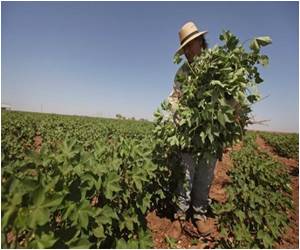
Now Dr. Ran Barkai of Tel Aviv University's Department of Archaeology and Ancient Near Eastern Civilizations has shed new light on this milestone in human evolution, demonstrating a direct connection between the development of an agricultural society and the development of woodworking tools.
"Intensive woodworking and tree-felling was a phenomenon that only appeared with the onset of the major changes in human life, including the transition to agriculture and permanent villages," said Dr. Barkai.
Prior to the Neolithic period, there is no evidence of tools that were powerful enough to cut and carve wood, let alone fell trees. But new archaeological evidence suggests that as the Neolithic age progressed, sophisticated carpentry developed alongside agriculture.
The use of functional tools in relation to woodworking over the course of the Neolithic period has not been studied in detail until now.
Through their work at the archaeological site of Motza, a neighbourhood in the Judean Hills, Dr. Barkai and his fellow researchers, Prof. Rick Yerkes of Ohio State University and Dr. Hamudi Khalaily of the Israel Antiquity Authority, have unearthed evidence that increasing sophistication in terms of carpentry tools corresponds with increased agriculture and permanent settlements.
Advertisement
Within PPNA, humans remained gatherers but lived in more permanent settlements for the first time, he said. Axes associated with this period are small and delicate, used for light carpentry but not suited for felling trees or other massive woodworking tasks.
Advertisement
"We can document step by step the transition from the absence of woodworking tools, to delicate woodworking tools, to heavier woodworking tools," Dr. Barkai said, and this follows the "actual transition from the hunter-gatherer lifestyle to agriculture."
He also identifies a trial-and-error phase during which humans tried to create an axe strong enough to undertake larger woodworking tasks. Eventually, they succeeded in creating a massive ground stone axe in PPNB.
Whether the transition to an agricultural society led to the development of major carpentry tools or vice versa remains to be determined, stated Dr. Barkai, who characterizes it as a "circular argument."
The research was published in the journal PLoS One.
Source-ANI









